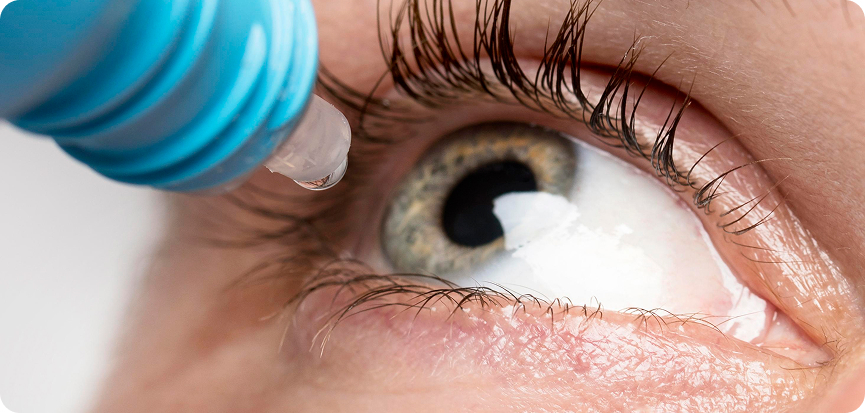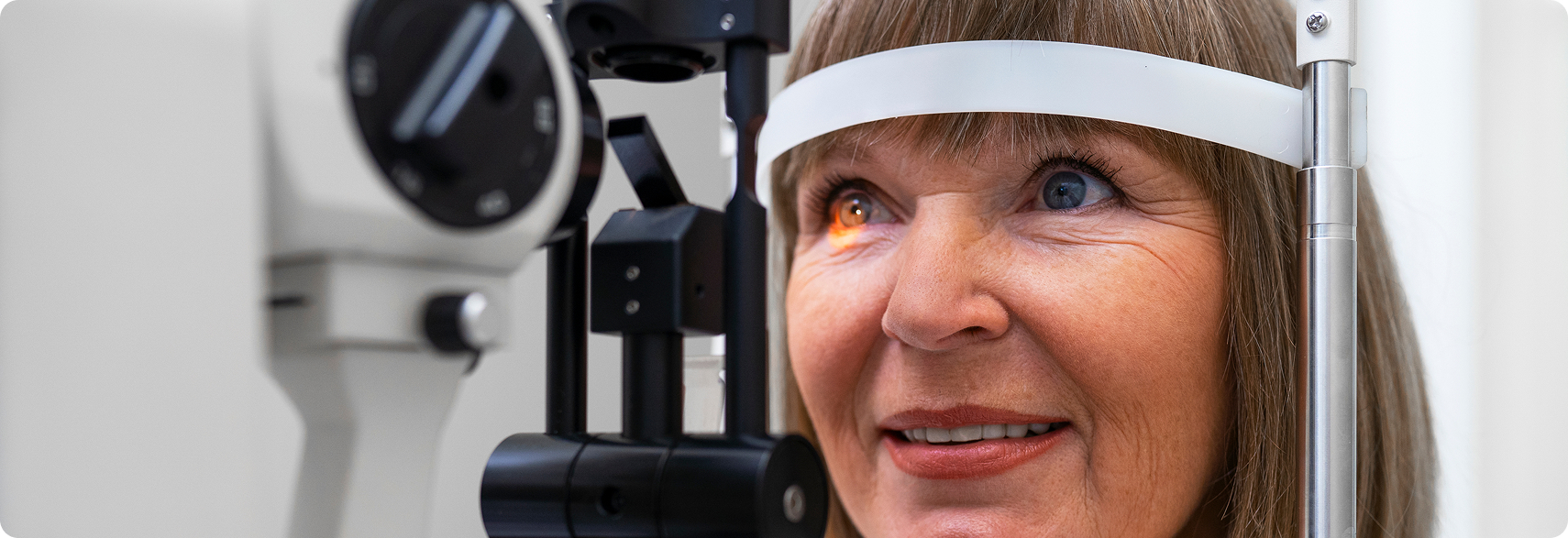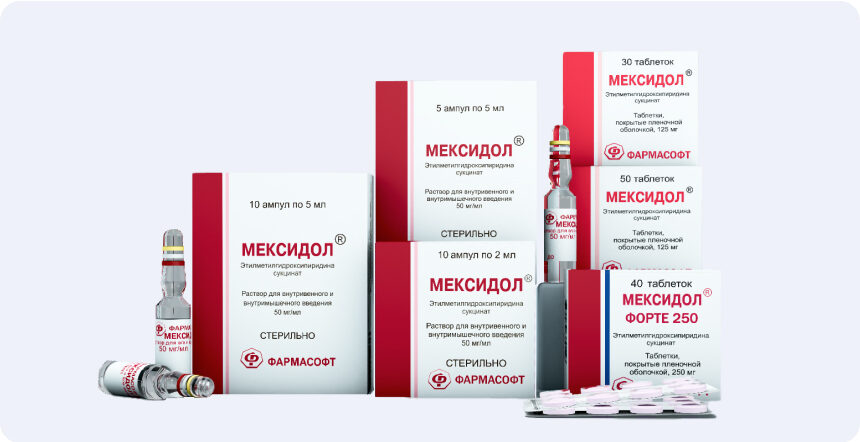1. Basic and Clinical Science Course. Section Glaucoma / Ed. Ca Girkin. San Francisco: AAO, 2018: 262.
2. Shaarawy TM, Sherwood MB, Hitchings Ra, Crowston JG Glaucoma: Medical Di-Agnosis and Therapy (VOL.1). London: Elsevier, 2015: 674.
3. Movsisyan A. B., Kuroyedov A.V. Diagnostics of glaucoma at the present stage. Clinical ophthalmology. 2023; 23 (1): 47-53. DOI: 10.32364/2311-7729-2023-23-1-47-53.
4. Clinical recommendations “Primary open -angular glaucoma”, 2024
5. Clinical recommendations “Primary Closing Clothing Glaucoma”, 2024
6. National Glaucom Guide for practitioners. Ed. 4th, bro. and add. /Ed. E. A. Egorova, V.P. Erichev. M.: GEOTAR-Media, 2019: 384.
7. Glaucoma: Diagnosis and Management. Methods, Evidence and Recomminess. NICE: NICE, 2017: 324.
8. Statistical materials of the Ministry of Health of the Russian Federation of the Department of Analysis, Forecast, Development of Health and Medical Science of the Federal State Budgetary Institution “Central Research Institute of Organization and Information of Health” of the Ministry of Health
of the Russian Federation, 2021
. O., Gusarevich O. G., Shcherbakova L.V., Mazdorova E.V., Malyutin S.K. The prevalence of ophthalmological diseases in a population sample older than 50 years. Bulletin of ophthalmology. 2020; 136 (3): 106–115.
11. Tham YC, Li X., Wong Ty et al. Global Prevalence of Glaucoma and Projections of Glaucomaburden Through 2040: A Systematic Review and Meta-Angysis. OPHTHALMOLOGY. 2014; 121 (11): 2081–2090.
12. Neroev V.V., Mikhailova L. A. ophthalmological incidence in Russia. / in the book. "Ophthalmology. National leadership "under. Ed. S. E. Avetisova, E. A. Egorova, L.K. Moshetova, H.P. Takhchidi. M.: Geotar-Media, 2018: 15–19.
13. Neroev V.V., Kiseleva O. A., Immortal A. M. The main results of the multicenter study of the epidemiological characteristics of the primary open -angle glaucoma in the Russian Federation. Russian ophthalmological journal. 2013; 6 (3): 4–7.
14. Malishevskaya T.N., Astakhov S. Yu. The reactivity of vascular endothelium in elderly patients with primary open -angle glaucoma and physiologically aging people, depending on the severity of endothelial dysfunction. Regional blood circulation and microcirculation. 2016; 15 (4): 59–67.
15. Zagidullina A. Sh., Nugmanova A. R. The influence of disorders of systemic hemodynamics on the development of open -angle glaucoma. Medical Bulletin of Bashkortostan. 2018; 13 (1): 116–121.
16. Malishevskaya T.N., Filippova Yu. E. The influence of antioxidant therapy on some pathogenetic factors of primary open -angle glaucoma. Bulletin of ophthalmology. 2023; 139 (4): 35–43.
17. Abu-amero K., Kondkar AA, Chalam KV An updated Review on the Genetics of Primary Open Angle Glaucoma. Int. J. Mol. SCI. 2015; 16 (12): 28886–28911.
18. Kurysheva N.I. Glaucomic optical neuropathy. M: Medpress-Inform 2006; 136 p.
19. Egorov E.A., Gvetadze A.A., Davydova N. G. Antioxidant drug in neuroprotective therapy for glaucoma // Bulletin of ophthalmology, No. 2, 2013, pp. 67–69.
20. Kurysheva N.I., Irthova E. Yu., Yasamanova A.N., Kiseleva T. N. Endothelial dysfunction and platelet hemostasis with primary open -angle glaucoma. National Journal of Glaucoma. 2015; 14 (1): 27–36.
21. Filippova Yu. E., Malishevskaya T.N., Komiychuk S. N., Gubin D. G., Vlasova A. S. The severity of endothelial dysfunction, oxidative stress, lipid metabolic disorders, a decrease in the elastolastic properties and tone of peripheral vessels in patients with different options for the course of primary open -angled glaucoma depending on, depending on Polymorphism of the genes of biological watches. Russian ophthalmological journal. 2022; 15 (1): 78–88.
22. Gumanova N. G. Oxid Azot, his circulating NOX metabolites and their role in the functioning of the human body and the prediction of the risk of cardiovascular death (part I). Preventive medicine. 2021; 24 (9): 102–109.
23. Barja G. The Mitochondrial Free Radical Theory of Aging. Prog Mol Biol Transl Sci. 2014; 127: 1–27.
24. Malishevskaya T.N., Kiseleva T. N., Filippova Yu. E., Zaitsev M. S., Vlasova A.S., Nemtsova I.V., Lugovkina K. V. The state of antioxidant status and lipid blood spectrum in patients with different options for the course of primary open -angled glaucoma. Ophthalmology. 2020; 17 (4): 761–770.
25. Chen Mf, Kim Ch, Coleman Al Cyclodestrective Procedures for Refractory Glaucoma. Cochrane Database Syst Rev. 2019; 3: CD012223.; Tóth M., Shah A., Hu K., Bunce C., Gazzard G. Endoscopic Cyclophotocoagulation (ECP) For Open Angle Glaucoma and Primary Angle Closure. Cochrane Database Syst Rev. 2019; 2: CD012741.
26. Russian Glack School. Conference "Glaucoma: Theory and Practice" Collection of scientific papers:/ Edited: Acad. Ramn prof. V.N. Alekseeva, Assoc. V.I. Sadkova-St. Petersburg: Publishing House "Man and His Health", 2013.-138 p.
27. Khaw Pt, Chiang M., Shah P. et al. Enhanced Trabeculectomy: The Moorfields Safer Surgery System. DEV OPHTHALMOL. 2017; 59: 15–35.
28. Order of the Ministry of Health of Russia dated 13.03.2019 No. 124n “On approval of the procedure for a preventive medical examination and medical examination of certain groups of the adult population”.
29. The Agis Investigators. The Advanced Glaucoma International Study (Agis), 7: The Relationship Between Control of IntraoCular Pressure and Visual Field Deterior. Am J Ophthalmol 2000; 130 (4): 429–440.
30. Loskutov I.A., Andryukhina O. M., Kovrizhkina A. A. The application of Mexidol in therapy of primary open -angle glaucoma. Effective pharmacotherapy. No. 1, 2022; 18, pp. 60–64.
31. Lichter PR, Musch DC, Gillespie BW et al. Interim Clinical Outcomes in the Collaboative Initial Glaucoma Treatment Study Comprehend Inithal Randomized to Medicates Or Surgery. OPHTHALMOLOGY. 2001; 108 (11): 1943–1953.
32. European Glaucoma Society Terminology and Guidelines for Glaucoma (4th Edition). Savona: PublicMMM, 2014: 196
. Bulletin of ophthalmology. 2019; 135 (2): 83–92.
34. Voronina T. A. Mexidol: a spectrum of pharmacological effects. Journal of neurology and psychiatry named after S. S. Korsakova. 2012; 112 (12): 86–90. Voronina Ta Mexidol: Spectrum of Pharmacological Effects. Journal of Neurology and Psychiatry Named after SS Korsakov. 2012; 112 (12): 86–90. (In Russian.).
35. Leonova E. S., Polyakova S.V., Pozdnyakova M.A. et al. The experience of neuroprotective therapy of primary open -angle glaucoma based on the use of various forms of Mexidol. Bulletin of ophthalmology. 2015; 131 (6): 91–94.
36. Https://lk.regmed.ru/register/eaeu_smpc
37. Egorov E.A., Davydova N. G., Romanenko I. A., Novikova N. D. Mexidol in the complex treatment of glaucoma // Clinical ophthalmology, volume 12, No. 3, 2011, p. 3-6.


